Shivaji Maharaj Photo
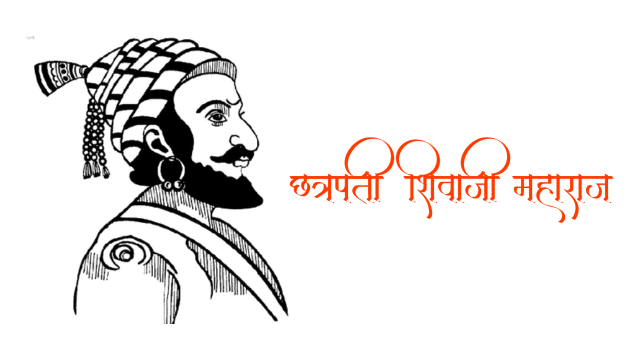 |
| Shivaji Maharaj Photo |
 |
| Chatrapati Shivaji Maharaj Images |
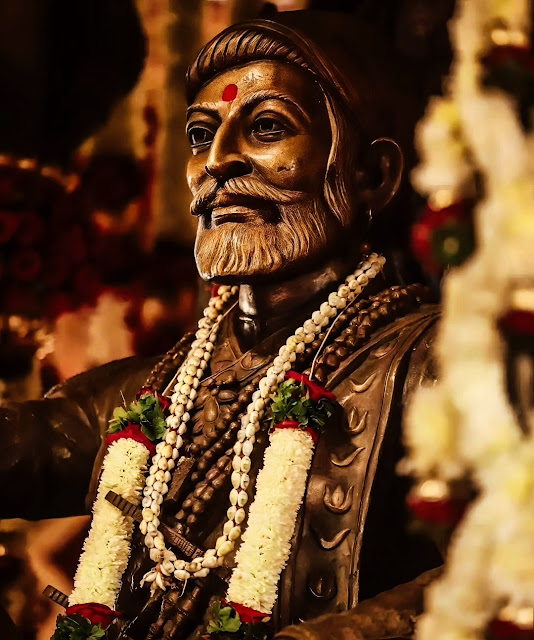 |
| Chatrapati Shivaji Maharaj Photo HD |
 |
| Chatrapati Shivaji Maharaj Photo |
 |
| Chhatrapati Shivaji Maharaj Images Download |
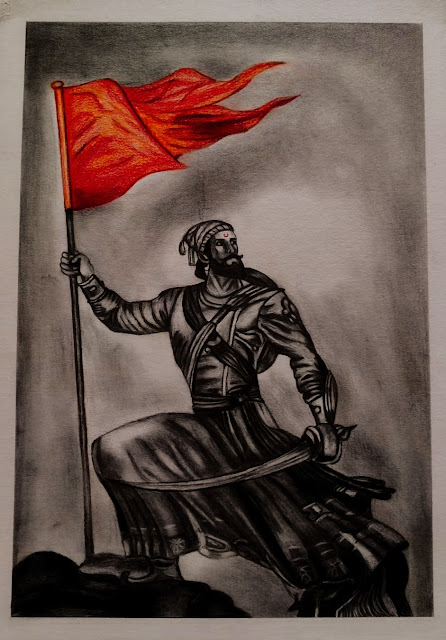 |
| Chhatrapati Shivaji Maharaj Images |
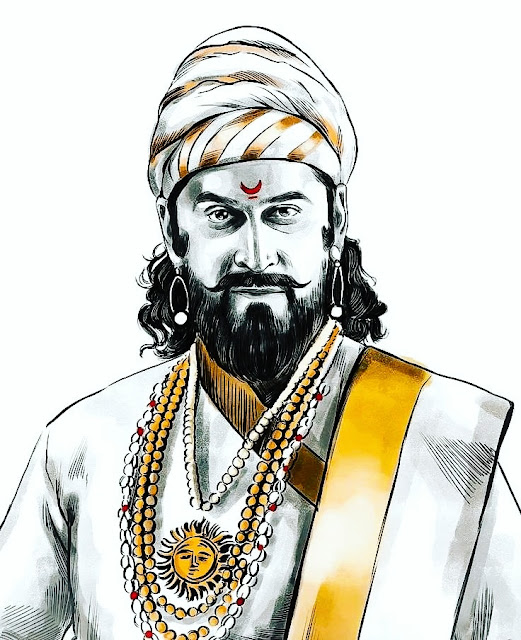 |
| Chhatrapati Shivaji Maharaj Photo |
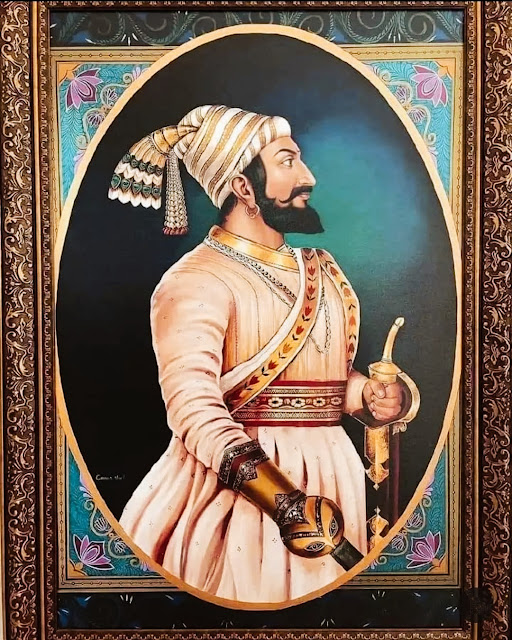 |
| Original Shivaji Maharaj Photo |
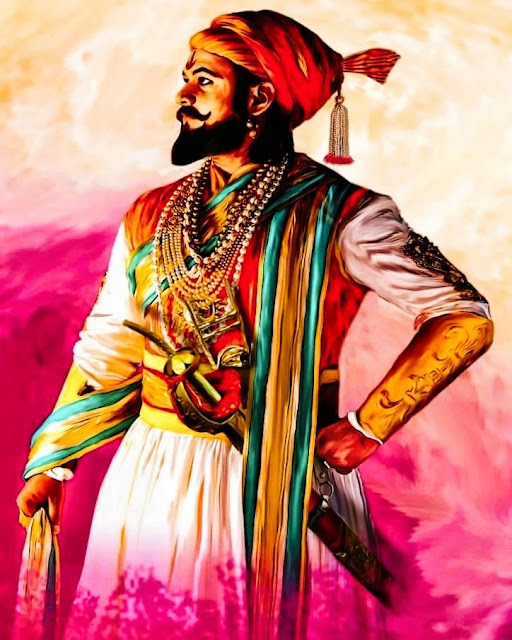 |
| Real Shivaji Maharaj Photo |
 |
| Shivaji Maharaj Image |
 |
| Shivaji Maharaj Images Original |
 |
| Shivaji Maharaj Images |
 |
| Shivaji Maharaj Photo Download |
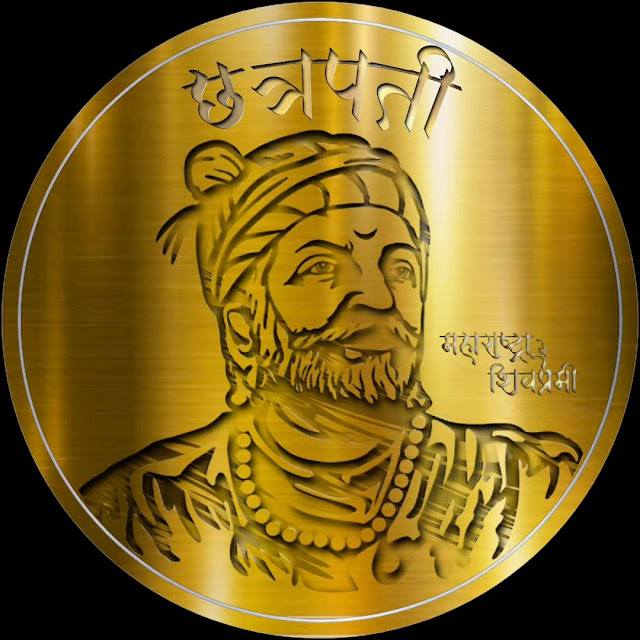 |
| Shivaji Maharaj Photo DP |
 |
| Shivaji Maharaj Photo Drawing |
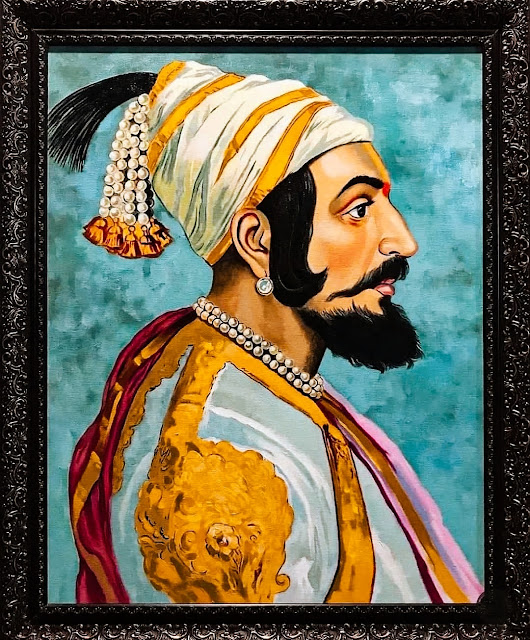 |
| Shivaji Maharaj Photo Frame |
 |
| Shivaji Maharaj Photo HD Download |
 |
| Shivaji Maharaj Photo HD |
 |
| Shivaji Maharaj Photo New |
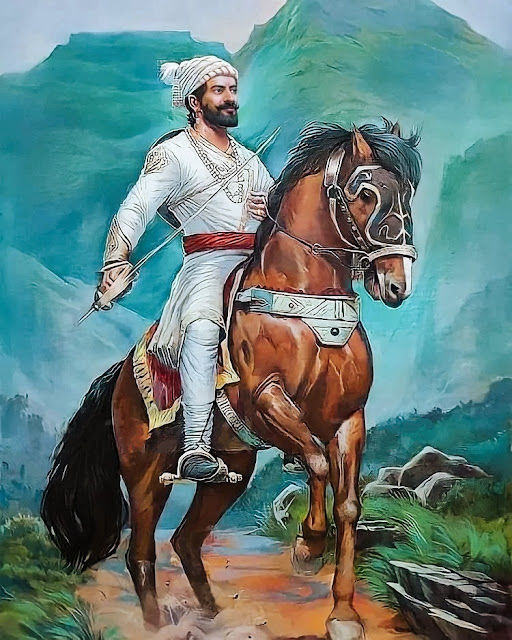 |
| Shivaji Maharaj Photo On Horse |
 |
| Shivaji Maharaj Photo Original |
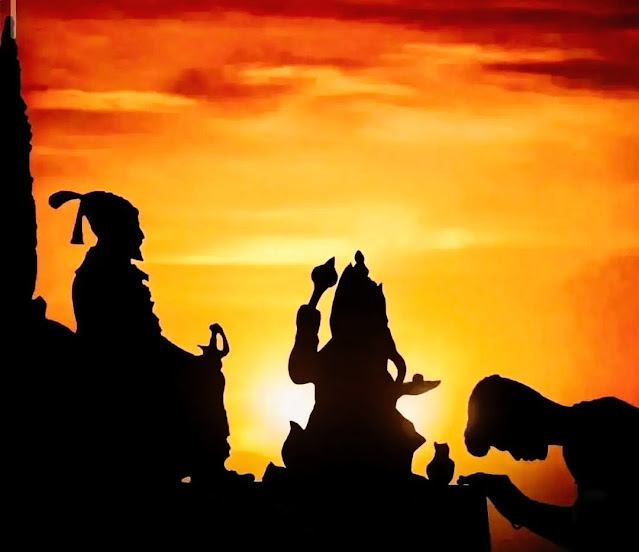 |
| Shivaji Maharaj Photo PNG |
 |
| Shivaji Maharaj Photo Real |
 |
| Shivaji Maharaj Photo Wallpaper |
 |
| Shivaji Maharaj Photo |
 |
| Shivaji Maharaj Photos |
 |
| Shivaji Maharaj Pic |
 |
| Shivaji Maharaj Pics |
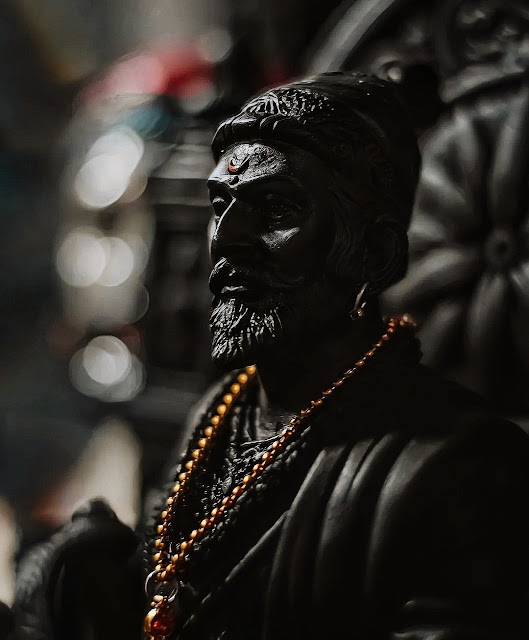 |
| Shivaji Maharaj Picture |
 |
| Shivaji Maharaj Pictures |
 |
| Shivaji Maharaj Wallpaper |
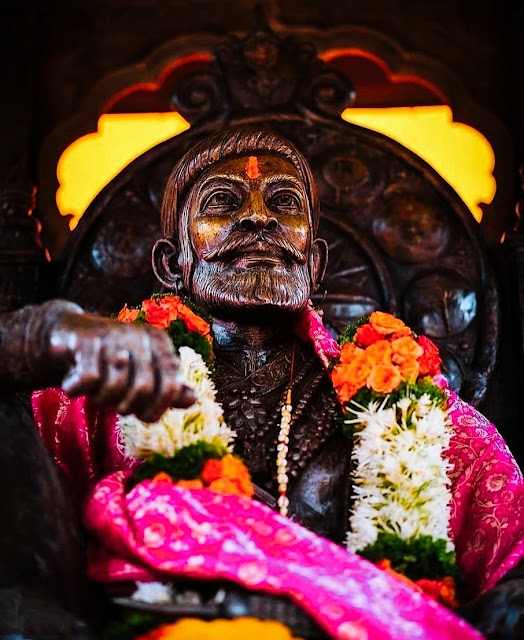 |
| Shivaji Maharaj Wallpapers |
 |
| Wallpaper Shivaji Maharaj Photo |
Shivaji Maharaj
Everyone knows about Shrimant Chhatrapati Shivaji Maharaj, one of the brave sons of India. Many people call him Hindu Hriday Samrat, while some people call him Maratha pride, and he was a great hero of the Indian Republic. Chhatrapati Shivaji Maharaj was born on 19 February 1630 in a Maratha family. Some people date his birth in 1627. His full name was Shivaji Bhosle.
Shivaji was the son of father Shahji and mother Jijabai. His birthplace is the fort of Shivneri located near Pune. An effort was made by the brave and brave Shivaji Maharaj, the great priest of freedom, to liberate the nation from foreign and tyrannical state power and establish a universal independent rule in the whole of India. Similarly, he is accepted as a foremost brave and immortal freedom fighter. Like Maharana Pratap, brave Shivaji was a living symbol and embodiment of nationalism. Let us know about Shrimant Chhatrapati Veer Shivaji.
Shivaji Was Not Anti-Muslim: Shivaji has been accused of being anti-Muslim, but this is not true because not only were there many Muslim heroes and fighters in his army but there were also many Muslim Sardars and people like Subedars. In fact, Shivaji's entire struggle was against the fanaticism and arrogance that rulers like Aurangzeb and the people who grew up under his patronage had adopted.
In the summer of 1674, Shivaji ascended the throne with great pomp and laid the foundation of independent sovereignty. He freed the oppressed Hindu people from fear. Although Christian and Muslim rulers used to impose their views on the majority of the people through the use of force and collecting additional taxes, under Shivaji's rule, the places of worship of these two sects were not only protected but also a fear-free environment for the converted Muslims and Christians. prepared. Shivaji ruled for six years through his council of eight ministers. Many Muslims were also included in his administrative service.
Formation Of Religious Values: His childhood was spent under the guidance of his mother Jijau. Mother Jijabai, despite being of a religious nature, was a brave woman in her qualities, nature, and behavior. For this reason, he brought up the child Shiva by listening to him and teaching him bright stories of Ramayana, Mahabharata, and other Indian heroes. Under the tutelage of Dada Kondev, he was made adept in all types of contemporary warfare, etc. Proper education was also given in religion, culture, and politics. In that era, after coming in contact with the supreme saint Ramdev, Shivaji became a complete patriot, a dutiful and hard-working warrior.
Learned To Conquer The Fort By Playing Games in Childhood: In childhood, Shivaji used to gather children of his age and become their leader and play the game of fighting and winning the fort. As soon as he reached puberty, his game became a real karma enemy and he started attacking his enemies and conquering their forts etc. As soon as Shivaji established his control over forts like Purandar and Torana, his name and deeds became famous throughout the South, this news reached Agra and Delhi like wildfire. The tyrannical Turks, Yavanas, and all their supporting rulers started getting worried just by hearing his name.
Wife And Son: Chhatrapati Shivaji Maharaj was married to Saibai Nimbalkar on 14 May 1640 in Lal Mahal, Pune. His son's name was Sambhaji. Sambhaji (May 14, 1657 – March 11, 1689) was the eldest son and successor of Shivaji, who ruled from 1680 to 1689 AD. Shambhuji lacked his father's hard work and determination. Sambhaji's wife's name was Yesubai. His son and successor was Rajaram.
Children's Litterateur: Sambhaji is considered the world's first children's litterateur. By the age of 14, Sambhaji was the first children's writer in the world to write books like Budhabhushanam (Sanskrit), Nayikabheda, Satasatak, Nakhshikh (Hindi) etc. He had dominance over languages like Marathi, Hindi, Persian, Sanskrit, English, Kannada etc. With the same speed with which he wielded the pen, he also wielded the sword. Shivaji had many wives and two sons, the last years of his life were spent in trouble due to the religious aversion of his eldest son.
This son of his had once joined the Mughals and was brought back with great difficulty. Amidst domestic disputes and mutual animosity among his ministers, the worry of protecting the empire from enemies soon brought Shivaji to the brink of death. Shivaji died on 3 April 1680 at his capital, the hill fort Rajgarh, after being ill for some time.
When They Wanted To Kill Shivaji By Deceit: When Adilshah, the ruler of Bijapur, who was frightened by Shivaji's growing power, could not arrest Shivaji, he arrested Shivaji's father Shahaji. Shivaji became furious after finding out. With the help of policy and courage, he soon freed his father from this prison by conducting a raid.
Then the ruler of Bijapur sent his deceitful commander Afzal Khan with orders to capture Shivaji dead or alive. He tried to kill Shivaji by creating a false drama of brotherhood and reconciliation, but he himself became the victim of a sword hidden in the hands of wise Shivaji and was killed. Due to this, his forces ran away after finding their commander dead.
Clash With The Mughals: Worried about Shivaji's increasing power, the Mughal emperor Aurangzeb ordered his Subedar appointed in the south to attack him. But the Subedar had to face hardships. During the fight with Shivaji, he lost his son, and his own fingers were cut off. He had to leave the field and run away. After this incident, Aurangzeb sent an army of about 1,00,000 soldiers under the leadership of his most influential commander Mirza Raja Jai Singh.
To crush Shivaji, King Jai Singh made a treaty with the Sultan of Bijapur and captured the fort of 'Vrajgarh' on April 24, 1665, in the first phase of his plan to capture the fort of Purandar. Shivaji's very brave commander 'Murar Ji Baji' was killed while protecting the fort of Purandar. Finding himself unable to save the fort of Purandar, Shivaji offered a treaty to Maharaja Jai Singh. Both the leaders agreed to the terms of the treaty and the 'Treaty of Purandar' was concluded on June 22, 1665 AD.
The Extent Of Shivaji's Kingdom: Shivaji's eastern boundary touched Bagalna in the north and then extended southwards with an uncertain boundary line passing through the districts of Nashik and Poona, encompassing the whole of Satara and most of the district of Kolhapur. Was. Areas of western Karnataka joined later. This area of Swaraj was divided into three main parts -
- 1. The area of Konkan from Poona to Salhar, which also included North Konkan, was under the control of Peshwa Moropant Pingle.
- 2. The area of Southern Konkan up to North Kanara was under Annaji Dutt.
- 3. The districts of the southern country, which included the area from Satara to Dharwad and Kophal, came under the South Eastern Region and were under the control of Dattaji Pant. These three provinces were further divided into Parganas and talukas. Under the parganas came Tarf and Mauza.
Shivaji's Army: Shivaji had created a permanent army of his own. At the time of Shivaji's death, his army consisted of 30-40 thousand regular and permanently appointed horsemen, one lakh footmen, and 1260 elephants. Exact information regarding their artillery is not available.
The Cavalry Was Divided Into Two Categories: - Bargirs and mounted soldiers who were given horses and weapons by the state, and Silhadars who had to make the arrangements themselves. The smallest unit of cavalry consisted of 25 soldiers, headed by a sergeant. There was a 'jumla' of five constables. On top of which there was a Jumladar. Ten Jumladars had one Hazari and five Hazaris had one Panjhajari. He belonged to Sarnobat. For every 25 troops, one sailor and Bhishti were provided by the state.
Shivaji's Forts: Forts were the distinctive feature of the Maratha military system. According to historians, Shivaji had 250 forts. He used to spend a huge amount on repairing them. Shivaji captured many forts, one of which was Sinhagad Fort, which he sent Tanaji to conquer. Tanaji had attained martyrdom while conquering this fort.- Garh Ala Pan Singh Gela (We won the fort but the lion left us). Within the state boundaries of the Sultan of Bijapur, forts like Chakan, Sinhagarh, and Purandar in Raigarh (1646) also soon came under his control.
Shivaji's Visit To Agra: After getting full assurance of his safety, Chhatrapati Shivaji agreed to meet Aurangzeb in the court of Agra. He appeared in the Mughal court on May 9, 1666, along with his son Shambhaji and 4000 Maratha soldiers, but when Aurangzeb did not receive proper respect, Shivaji called Aurangzeb a 'traitor' in the full court, as a result of which Aurangzeb killed Shivaji and His son was imprisoned in 'Jaipur Bhawan'. From there Shivaji escaped by hiding in a fruit basket on 13th August, 1666 AD, and reached Raigarh on 22nd September, 1666 AD.
Inventor Of Guerrilla Warfare: It is said that Chhatrapati Shivaji started guerrilla warfare for the first time in India. Inspired by his war policy, the Vietnamese won the jungle from America. This war is mentioned in the 'Shiva Sutra' written during that period. Guerrilla warfare is a type of guerrilla warfare. Broadly speaking, guerilla wars are fought by paramilitary units or irregular soldiers attacking the rear or flank of the enemy army.
Samarth Ramdas: The name of Shivaji's Guru Ramdas ji, the founder of 'Hindu Pad Padshahi', is well known among the saints and scholars of India. He also composed a book named 'Dasbodh', which is in the Marathi language. He tried to prepare the people for the establishment of Swaraj by establishing 1100 monasteries and Akharas all over India, from Kashmir to Kanyakumari. He is credited with the establishment of Akharas, which is why he was considered the incarnation of Lord Hanumanji, although he was a great devotee of Hanumanji.
Chhatrapati Shivaji Maharaj used to do any work only after taking inspiration from his Guru. Samarth Ramdasji had a huge contribution in making Chhatrapati Maharaja Shivaji the 'Great Shivaji'.
Worshipers of Tulja Bhavani: Tuljapur is situated in Osmanabad district of Maharashtra. A place where Chhatrapati Shivaji's Kuldevi mother Tulja Bhavani established, who is still popular as the Kuldevi of many residents of Maharashtra and other states. The family deity of Veer Shrimant Chhatrapati Shivaji Maharaj is Tulja Bhavani. Shivaji the Great used to worship him only. It is believed that Mother Goddess herself appeared and gave the sword to Shivaji. Currently, this sword is kept in the London Museum.
Brave Chhatrapati Shivaji died in 1680 due to prolonged illness and his empire was taken over by his son Sambhaji. Jai... Jai Bhavani of cow-Brahmin protector, Yavan-sorcerer, mature Pratap Purandhar, Kshatriya clan, Rajadhiraj, Maharaj, Yogiraj, Sri Sri Sri Chhatrapati Shivaji Maharaj. Jai Shivaji.
Shivaji Maharaj Quotes
❝ Freedom is a blessing,
that everyone has the right to receive. ❞
❝ If there is a way to reach any success, I will find it,
If there is no way, I will make it. ❞
❝ Though everyone has a sword,
Swarajya can be established by force of will. ❞
❝ A tree which has no height and no living being,
He is so kind and patient that,
It gives sweet fruits even to stoners.
So, being a king, why should I not be kinder and more patient than a tree? ❞
❝ The gait of a lion, the eye of an eagle,
Respect for women, the neck of the enemy,
Such should be the behavior of Mawlas,
This is the teaching of Chhatrapati Shivaji Maharaj. ❞
❝ "with rags in hand"
“Friendship is not our race”
"A Wound on a Friend's Chest in Time"
"We don't live without Zella." ❞
❝ Never bow your head,
Always keep it high. ❞
❝ Whose thoughts are big.
He also has a big mud hill
It feels like a lump of clay. ❞
❝ It is not necessarily bravery to face adversity in the face of the enemy.
True heroism is in victory. ❞
❝ If a man has self-power
So he can raise the banners of victory with full confidence. ❞
❝ Nation first, then teacher, then parents, then God, look not at yourself but at the nation ❞
❝ Don't think the enemy is weak,
But don't be afraid of being stronger. ❞
❝ A small step to reach the goal
Going forward, big goals can be achieved. ❞
❝ If someone is wrong, show him the truth
And if he doesn't, show him the Maratha caste. ❞
Final Word
My dear friends, I hope you liked this post of ours. If you liked this post of ours, then do share our post with your friends. And share on social media. And let us know in the comments how much you liked the post. Don't forget to comment


![5555+ WhatsApp DP Images 2026 [ New & Stylish WhatsApp DP ]](https://blogger.googleusercontent.com/img/a/AVvXsEg95BfLEowtFnLtY0Il-OSnzA76svLtx8rt7iXrP02lzt0U-y2AHvAhQFdIMHg97mkNEBk6mB9z2cDEusvytmRIYatQLaGhPeZbmVKP0hTcPe2dxRSKw9LydaR2N3t5TOrDor018-2ttJcGzBUgjgqO4mU_pxF-2gw4zEAZ4tWQNydtUyrGsYH6CVrZ=w680)




0 Comments
If You Have Any Doubts. Please Let Me Know.